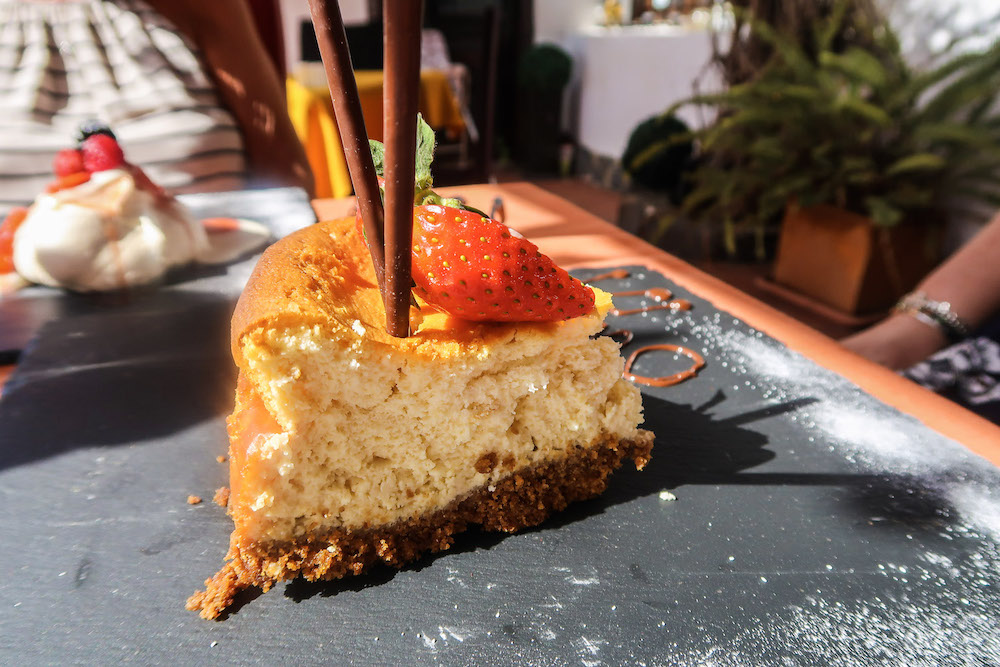Embark on a delightful journey through the art of baking Italian cakes, a venture that promises to infuse your kitchen with the scents and flavors of Italy. Italian cakes are not just desserts; they’re expressions of culture, tradition, and the joy of sharing good food with loved ones. Whether you’re drawn to the airy lightness of a classic sponge or the rich decadence of a chocolate-laden delight, the world of Italian cakes offers a diverse palette of flavors and textures to explore.

In this guide, we’ll unveil ten essential tips that will empower you to create authentic Italian cakes right in your own kitchen. From selecting the freshest ingredients to mastering the finesse of Italian baking techniques, these tips are designed to guide beginners and inspire seasoned bakers alike. You’ll learn not just how to bake a cake but how to imbue your creations with the essence of Italian baking tradition.
So, gather your ingredients, preheat your oven, and get ready to embark on a culinary adventure that will elevate your baking skills and delight your taste buds. Let’s dive into the sweet, sumptuous world of Italian cakes!
10 Amazing Tips For Baking Authentic Italian Cakes Now
1. Discovering the Variety of Italian Cakes
Italian cakes are a testament to Italy’s regional diversity, each area boasting its own signature dessert that reflects local flavors and traditions. From the rich and creamy tiramisu of Veneto to the light and zesty lemon delights from the Amalfi Coast, the variety is astounding. Understanding the wide array of Italian cakes, including classics like Panettone, Cassata, and Torta Caprese, provides a solid foundation for any home baker looking to explore this delicious aspect of Italian cuisine.
2. Choosing the Right Ingredients
The secret to authentic Italian cakes lies in the quality of the ingredients used. Italian baking emphasizes simplicity and quality, often featuring fewer components, so each must shine. Key ingredients include “00” flour for a fine, tender crumb, high-quality cocoa powder for rich chocolate cakes, and fresh dairy products. Authentic Italian cakes rely on the freshness and purity of ingredients like almonds, lemons, and ricotta, which should be sourced carefully to ensure your cake has a taste that’s true to its origins.

3. Understanding Italian Cake Techniques
Italian cake baking is as much about technique as it is about ingredients. Techniques can vary significantly from one cake to another, whether it’s mastering the airy lightness of a sponge cake or achieving the moist, dense texture of a ricotta cheesecake. Many Italian cakes, such as the Genoise or Pan di Spagna, require delicate handling, particularly when folding in ingredients to retain as much air as possible, ensuring a light, appealing texture.
4. The Role of Eggs in Italian Cakes
Eggs play a pivotal role in Italian baking, providing structure, richness, and moisture to cakes. Whether they’re used whole, separated into yolks and whites, or just as yolks, understanding how to manipulate eggs can significantly affect your cake’s outcome. Techniques like whipping egg whites to stiff peaks for sponginess or creating emulsions with yolks for richness are common in Italian baking and are skills worth mastering for any aspiring baker.
5. Mastering the Art of Italian Sponge Cake
The Italian sponge cake, or Pan di Spagna, is a staple in Italian desserts, serving as a base for many-layered cakes and tortes. Achieving the perfect sponge involves precise ratios and methods—eggs must be whipped with sugar until they’re pale and voluminous, and the flour must be folded in gently to avoid deflating the mixture. This cake is a fantastic canvas for a range of flavors, often soaked with syrups and layered with everything from pastry creams to fresh fruits, embodying the versatility and regional variety of Italian cake baking.

6. Incorporating Fresh Fruits
Italian cakes often feature the bright, fresh flavors of fruits, reflecting the country’s rich agricultural bounty. Whether it’s the zesty citrus found in a traditional Sicilian orange cake or the succulent cherries in a torta di ciliegie, fruit can add a refreshing contrast to the richness of the cake. When incorporating fresh fruits, ensure they are ripe and flavorful. Depending on the recipe, fruits can be blended into purees, layered within cakes, or used as a decorative, flavorful topping.
7. Exploring Italian Frostings and Fillings
The frostings and fillings in Italian cakes are just as important as the cakes themselves, often adding the signature flavor and texture that makes each cake unique. Whether it’s a silky mascarpone cream, a rich chocolate ganache, or a light and airy meringue, these components should complement the cake without overpowering it. Learning to make a few classic Italian frostings and fillings, like cannoli cream or zabaglione, can give you a versatile toolkit to enhance any cake.

8. Baking Tips for Perfect Results
Achieving perfection in baking Italian cakes comes down to understanding a few key tips: Always preheat your oven to the correct temperature before baking to ensure even cooking. Use the proper pan size as recommended in the recipe to avoid over or under-baking. And don’t forget the importance of accurate measurements—baking is a science, and the right balance of ingredients is crucial. Additionally, practice patience; allow cakes to cool completely before cutting or frosting to avoid crumbling or melting.
9. Presentation and Decoration
The visual appeal of Italian cakes is almost as important as their taste. Presentation and decoration vary from the rustic, simple dusting of powdered sugar on a torta della nonna to the elaborate, artful arrangement of fruits and nuts on a cassata siciliana. Even a simple garnish, like a sprig of mint or a few curls of citrus zest, can elevate the appearance of your cake, making it a feast for the eyes as well as the palate.
10. Storing Italian Cakes
Proper storage is key to maintaining the freshness and flavor of your Italian cakes. Most cakes keep well at room temperature for a few days, ideally in an airtight container. However, cakes with fresh fruit or cream fillings should be refrigerated. Wrapping cakes or cake layers in plastic wrap can help preserve their moisture if you’re making them in advance. Some cakes, particularly dense, moist ones, can even improve in flavor after a day or two as the ingredients meld together.
Conclusion
Baking authentic Italian cakes is a rewarding endeavor that brings a taste of Italy’s rich culinary tradition to your home. By embracing these ten tips, you’re well-equipped to tackle a variety of Italian cake recipes, from the simplest sponge cakes to the most elaborate layered creations. Remember, the key to success lies in the quality of your ingredients, the precision of your technique, and the passion you bring to the baking process.
So, don your apron, preheat your oven, and prepare to embark on a delicious journey through the art of Italian cake baking. Whether you’re a novice baker or a seasoned pro, there’s always something new to learn and enjoy in the world of Italian pasticceria.
